Colors and non-colored mana are the foundation of Magic: The Gathering gameplay, from Limited Draft and Sealed to Commander and Modern.
A color pie, or color wheel, defines the colors in MTG. It also defines gameplay. Each color has a meaning or strategy associated with it. Blue, for example, represents knowledge, deceit, caution, and perfection. Red, on the other hand, is emotion, action, impulse, freedom, and destruction. With 26 ways to combine the colors, it’s easy to forget and confuse the names, so we’ve created this quick color combination guide to help you.
What are the MTG color combinations?
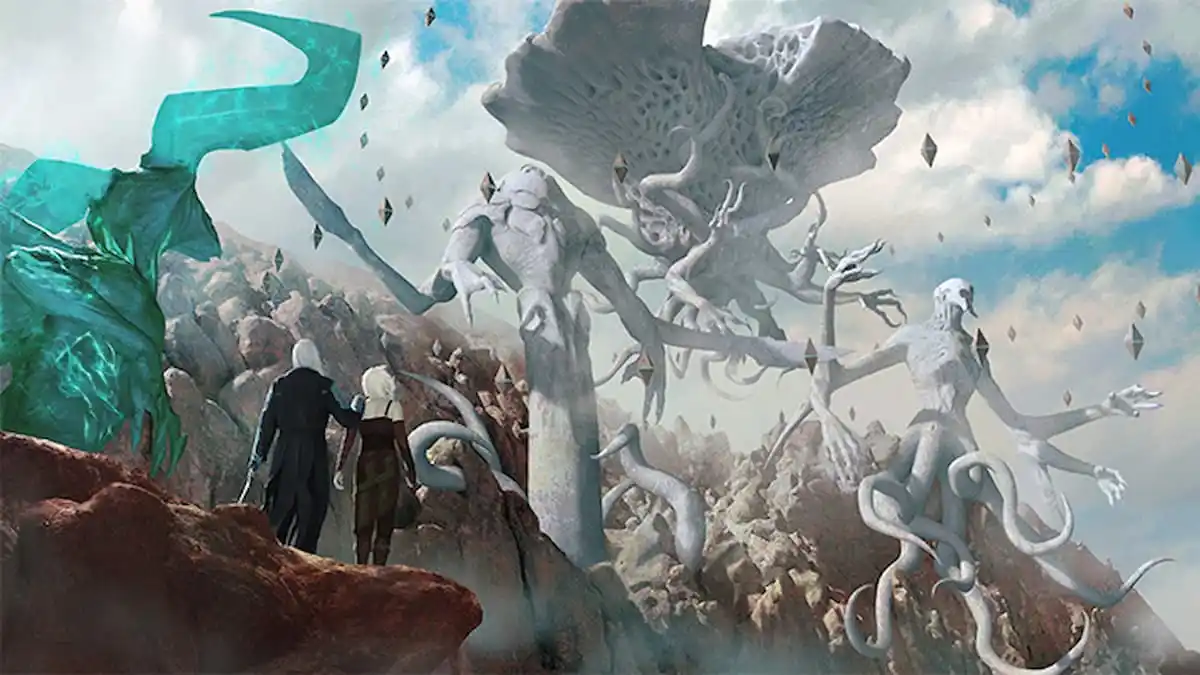
There are six colors in MTG if you count colorless as a color. The colors are White (W), Blue (U), Black (B), Red (R), Green (G), and colorless (C). The color of mana matters in Commander, where cards within a deck must have the same color mana as the commander of your deck. Colors also matter in Limited Draft, where archetypes are designed from two-color pairs.
Within all MTG formats, there are 10 two-color pairs, 10 three-color names, and five four-color combos that exist. Combining all five colors in one deck is another option called “WUBRG.”
Here’s every possible MTG color combination and their names.
All two-color combo names in MTG
Ally colors in MTG are color symbols next to one another on the color wheel, while enemy colors are opposite from each other on the wheel. Two-color combos in Magic are often referred to as Guilds from the plane of Ravnica.
- Azorius: White and Blue (WU) ally colors
- Boros: Red and White (RW) enemy colors
- Dimir: Blue and Black (UB) ally colors
- Golgari: Black and Green (BG) enemy colors
- Gruul: Red and Green (RG) ally colors
- Izzet: Blue and Red (UR) enemy colors
- Orzhov: White and Black (WB) enemy colors
- Rakdos: Black and Red (BR) ally colors
- Selesnya: White and Green (WG) ally colors
- Simic: Blue and Green (UG) enemy colors
Most Limited Draft archetypes are designed around the 10 two-color pairs in MTG. The dev also includes “mana fixers” within a set to help players splash additional colors into their Draft builds.
All three-color combo names in MTG
Much like two-color combinations in MTG, three-color combos also have ally and enemy colors called Wedge or Shard. A combination of two enemy colors and an ally is called a Wedge, while two ally colors and one enemy is called a Shard.
- Abzan: White, Black, and Green (WBG) Wedge
- Bant: White, Blue, and Green (WUG) Shard
- Esper: White, Blue, and Black (WUB) Shard
- Grixis: Blue, Black, and Red (UBR) Shard
- Jeskai: White, Blue, and Red (WUR) Wedge
- Jund: Black, Red and Green (BRG) Shard
- Mardu: White, Black, Red (WBR) Wedge
- Naya: White, Red, and Green (WRG) Shard
- Sultai: Blue, Black, Green (UBG) Wedge
- Temur: Blue, Red, and Green (URG) Wedge
All four-color combo names in MTG
Four-color combinations are named after the four-color Nephilim creatures of Guildpact. Here are the five four-color combos in MTG:
- Glint: Blue, Black, Red, and Green (UBRG)
- Dune: White, Black, Red, and Green (WBRG)
- Ink: White, Blue, Red, and Green (WURG)
- Witch: White, Blue, Black, and Green (WUBG)
- Yore: White, Blue, Black, and Red (WUBR)
All five-color combo names in MTG
Five-color combinations in MTG are often referred to as WURBG (the five-color letter symbols in order) or Rainbow. The complete opposite of five-color decks in Magic are called Colorless, played mostly in formats like Commander and Modern. Basic Colorless lands are called Wastes.
Explore MTG decks with these color name combinations by staying on top of the meta through MTG Madness. Subscribing earns you access to card grades, giveaways like the Bloomburrow Squirreled Away Precon, card prices, and more.


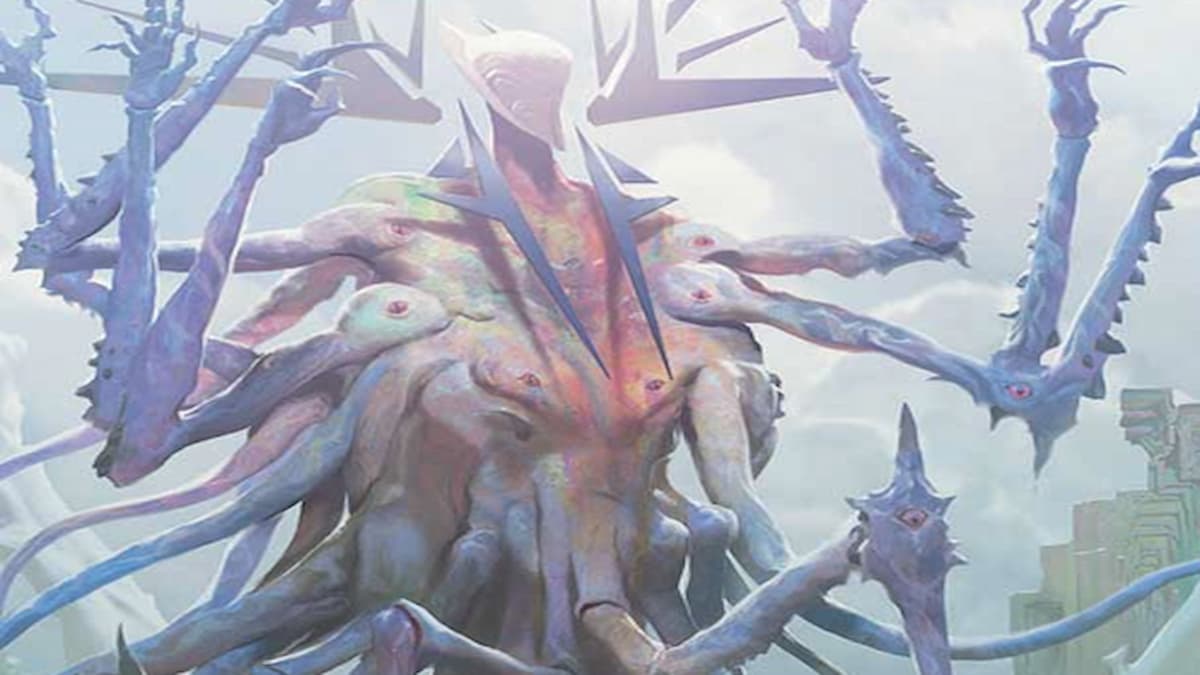
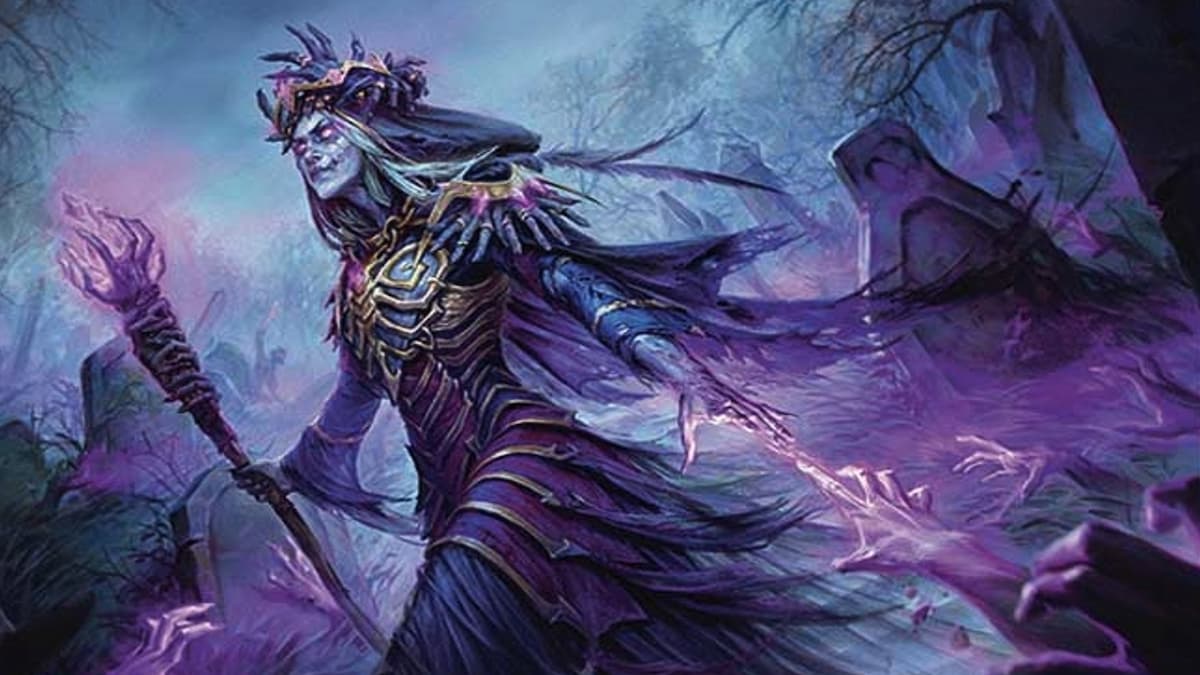
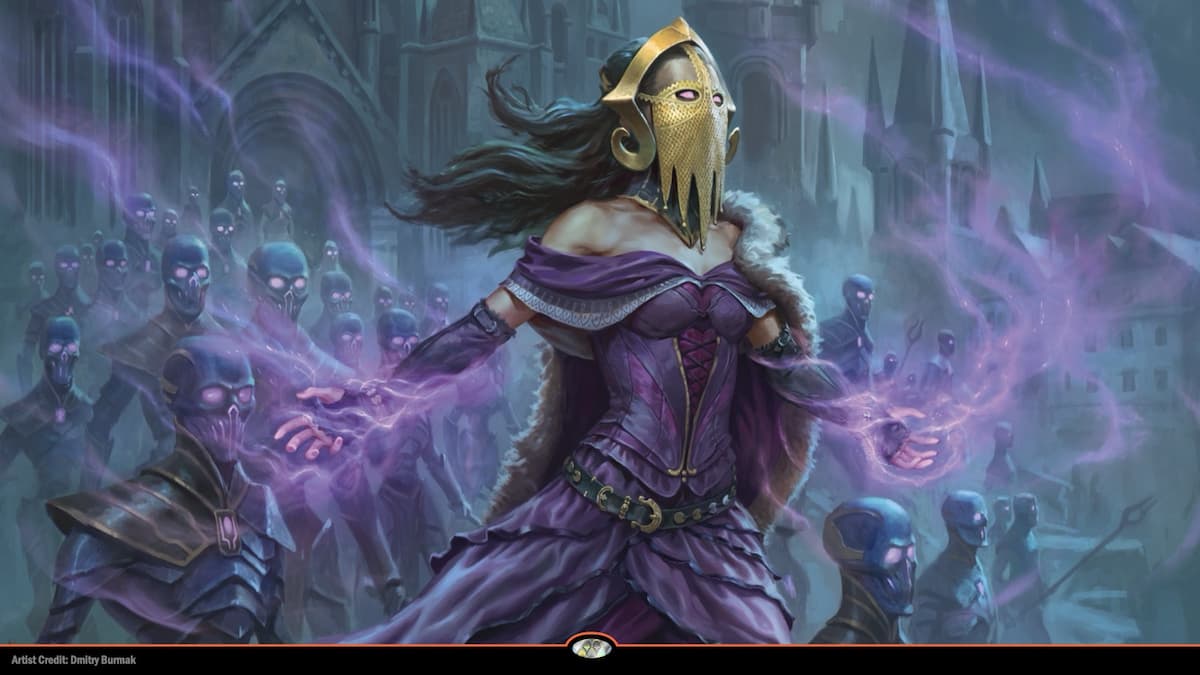
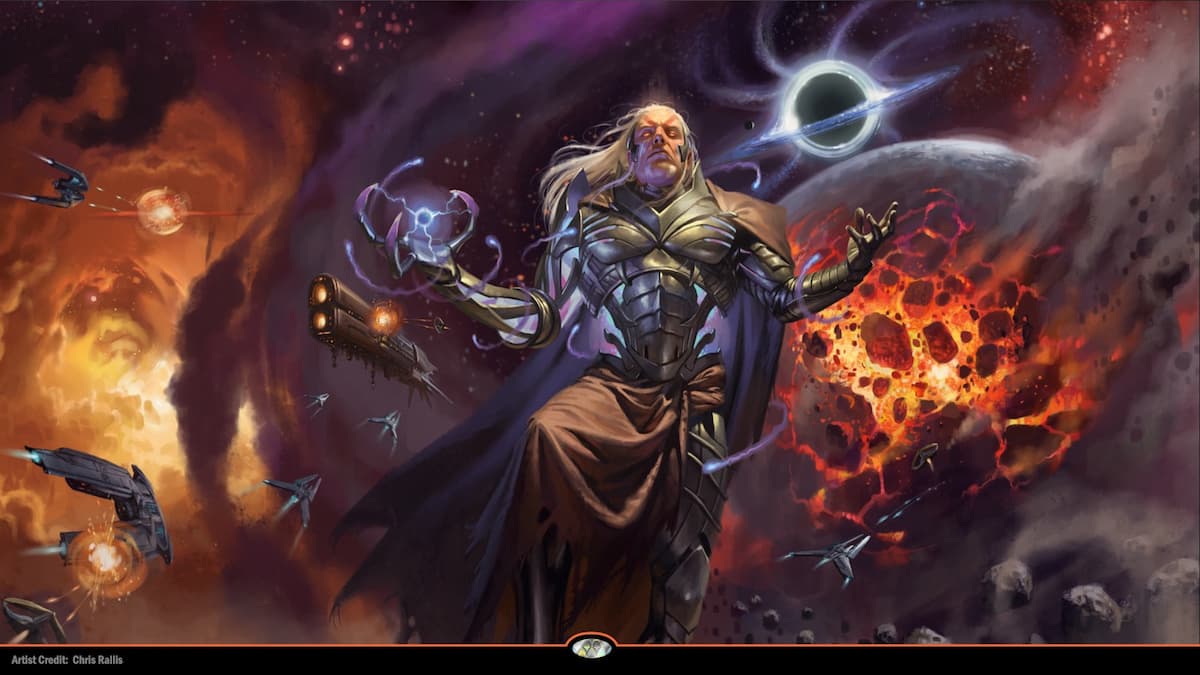
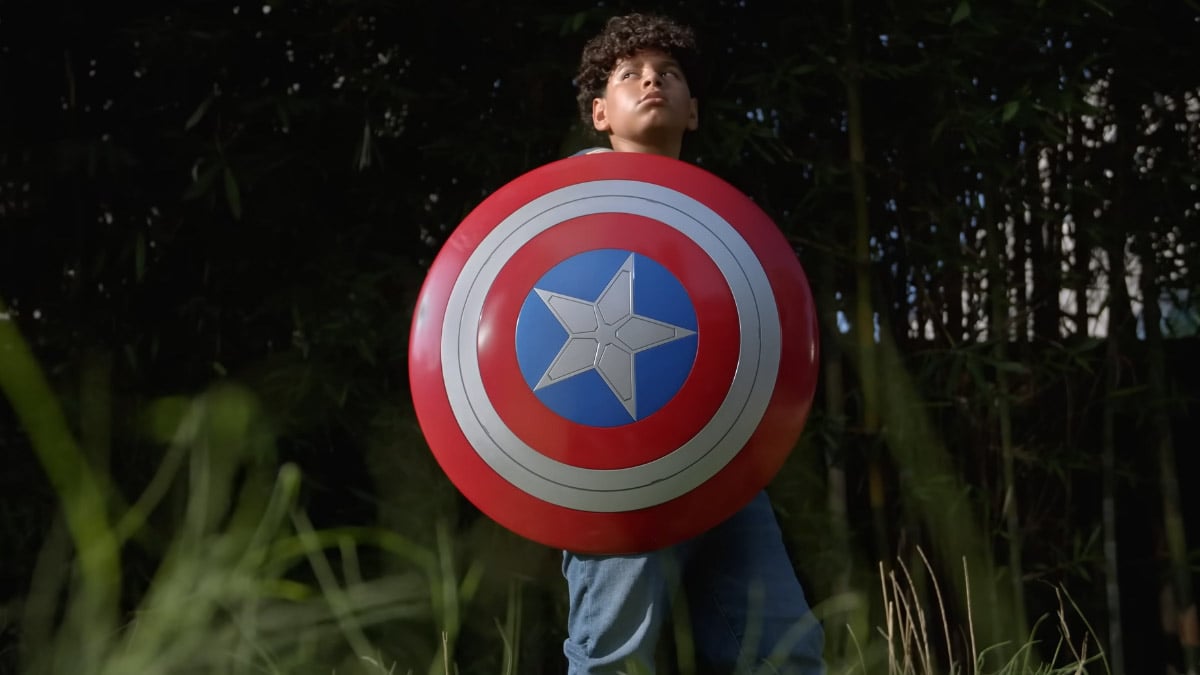

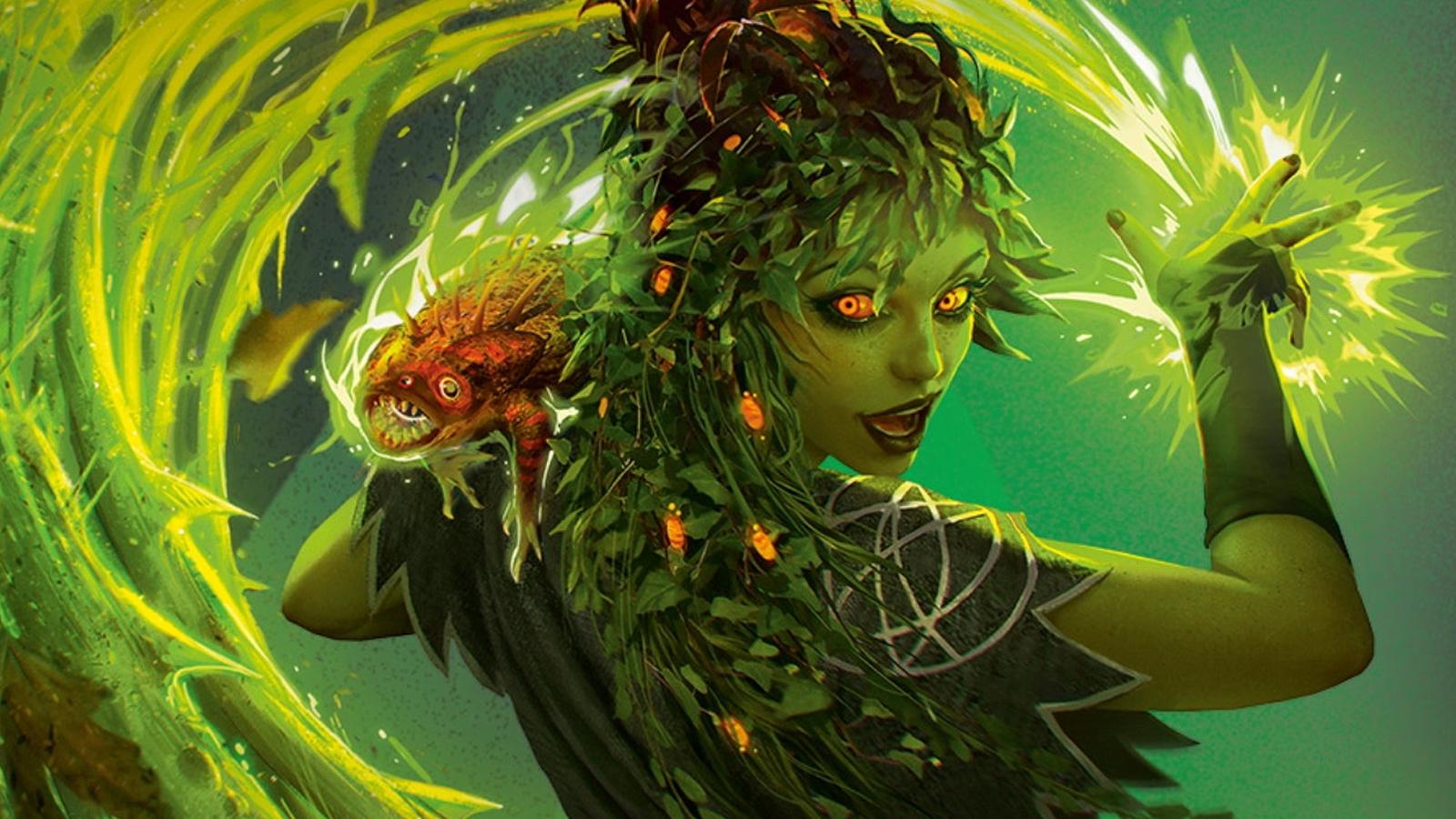
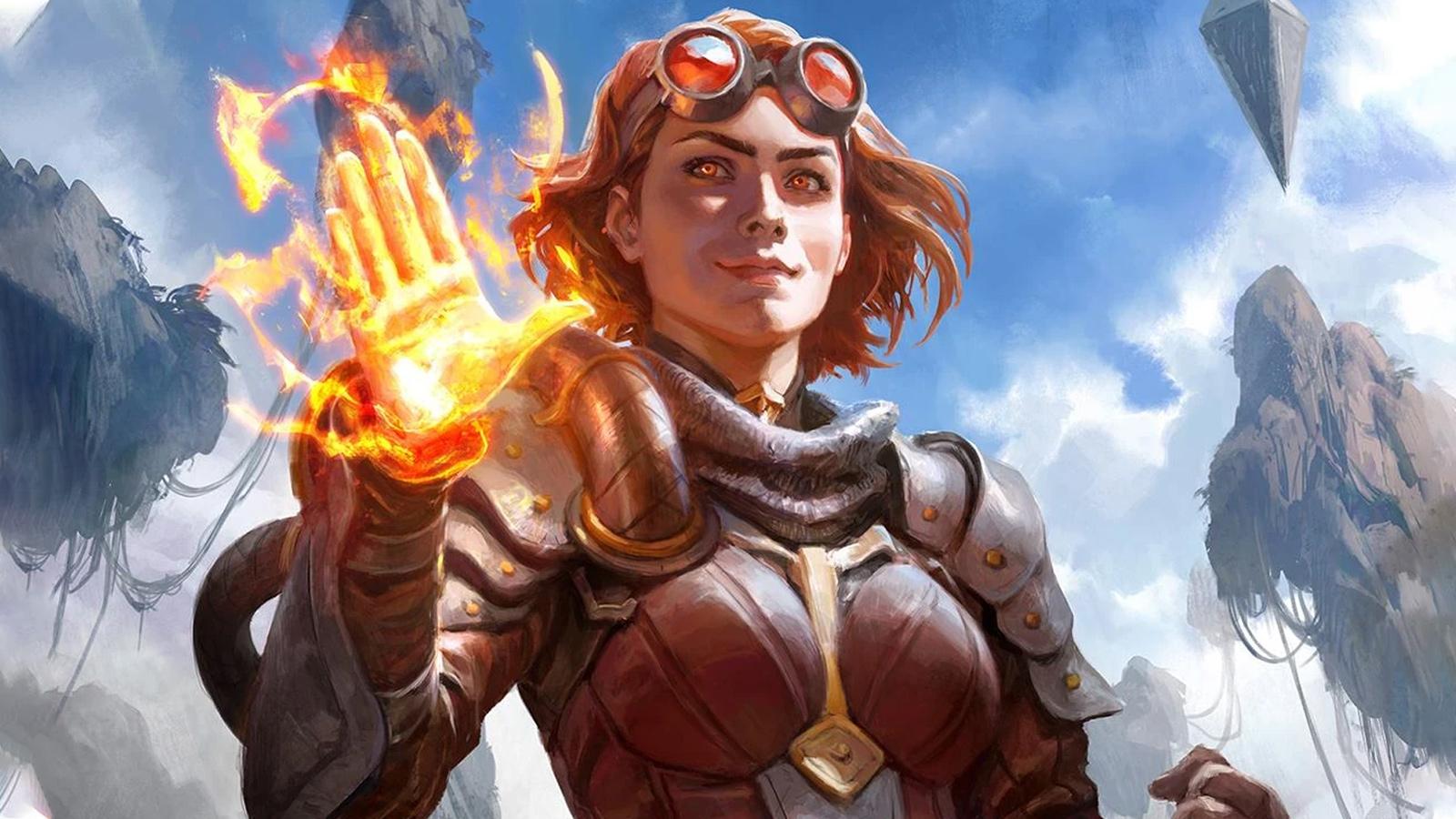
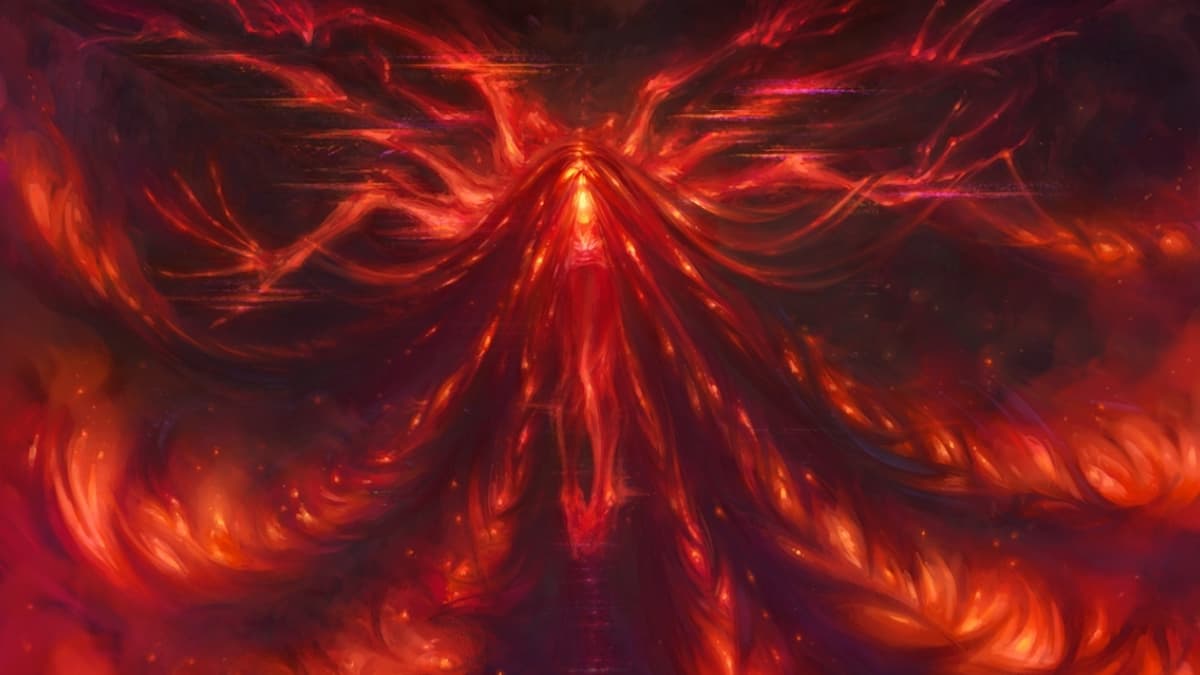


Published: Aug 17, 2024 03:59 pm